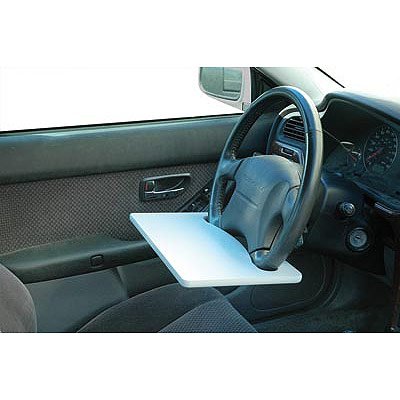http://gizmodo.com/5403584/mpaa-shuts-down-entire-towns-wi+fi-over-single-illegal-download
Few would argue that the interface of downloading files is problematic for the entertainment industry. However, such a consensus is destroyed when it comes to actually
solving the issue of internet piracy. The Motion Picture Association of America and the Recording Industry Association of America have been identified by downloaders as enemies of their righteous cause. Now, I'll admit that I download
a lot, but never have I argued that what I've done is right.
On the other hand, many actions taken to combat piracy have resulted in First Amendment arguments and uproar among the Internet community. One such case occurred this week, when the MPAA sent a violation of copyright notice to an Internet Service Provider in the city of Coshocton, Ohio. Although the violation was simply one download, the ISP responded by shutting down the Wi-Fi network of the entire city, used by up to 100 people a day. As the town faced legal battle, they simply complied and shut the network down.
I understand that companies are frustrated by profits lost from downloading, and moreso in this economic climate. However, intimidation and collective punishment is the wrong way to go. Unfortunately I have no idea how anyone can solve this issue. Several options have been proposed, but all have extreme problems:
-"Digital Rights Management" was intended to prevent users from ripping or transferring their CDs to other computers, but many DRM programs created viruses on the user's computer. This technology doesn't punish sharing of music, the actual illegal act, but rather just having music one purchased on their own computer.
-"Bandwidth throttling" is a solution proposed by some artists and companies. This would result in servers being limited in the amount of data they accept and transmit over a certain period of time. Of course, Internet speculators are against this method as they predict it would result in paying more for access to more data and sources. This is a worst-case-scenario, but regardless it is flawed.
-Targeting individuals as an example. This solution has undergone the most scrutiny of all. Record labels and movie studios have sued individual downloaders for millions of dollars, often thousands upon thousands per song, in an attempt to intimidate the general public. By making an example of these people, the companies have simply incited anger amongst those who download and personal issues for those that were sued.
Thanks to the Electronic Frontier Foundation for proposing a new option:
http://www.eff.org/wp/better-way-forward-voluntary-collective-licensing-music-file-sharing
Voluntary collective licensing would mean that users could pay a $5-10/month fee to continue filesharing, with that money going straight to artists and copyright holders as it should. The EFF states that the more people share, the more money would go to the artists and copyright holders. Problem solved, right?
Not necessarily. Getting people to agree to this fee would mean dramatically enforcing the legal consequences for those who tried to share without paying the fee, leading us full circle to the consumer backlash.
No wonder why everyone's got headaches over this issue. The interface of filesharing has opened up an enormous can of worms that won't be resolved any time soon. Never has sharing been so convenient or fast, and since these problems weren't thought out beforehand, the issue will continue to get worse long before it improves.



 The Laptop Steering Wheel Desk, new from Mobile Office, allows the user to attach the device to his or her steering wheel. The company intends its use for writing a note or snacking on some lunch in your car, but it can also accommodate a laptop. The product description covers the company's hide, of course, by stating: "For safety reasons, never use this product while driving."
The Laptop Steering Wheel Desk, new from Mobile Office, allows the user to attach the device to his or her steering wheel. The company intends its use for writing a note or snacking on some lunch in your car, but it can also accommodate a laptop. The product description covers the company's hide, of course, by stating: "For safety reasons, never use this product while driving." Sources:
Sources:






